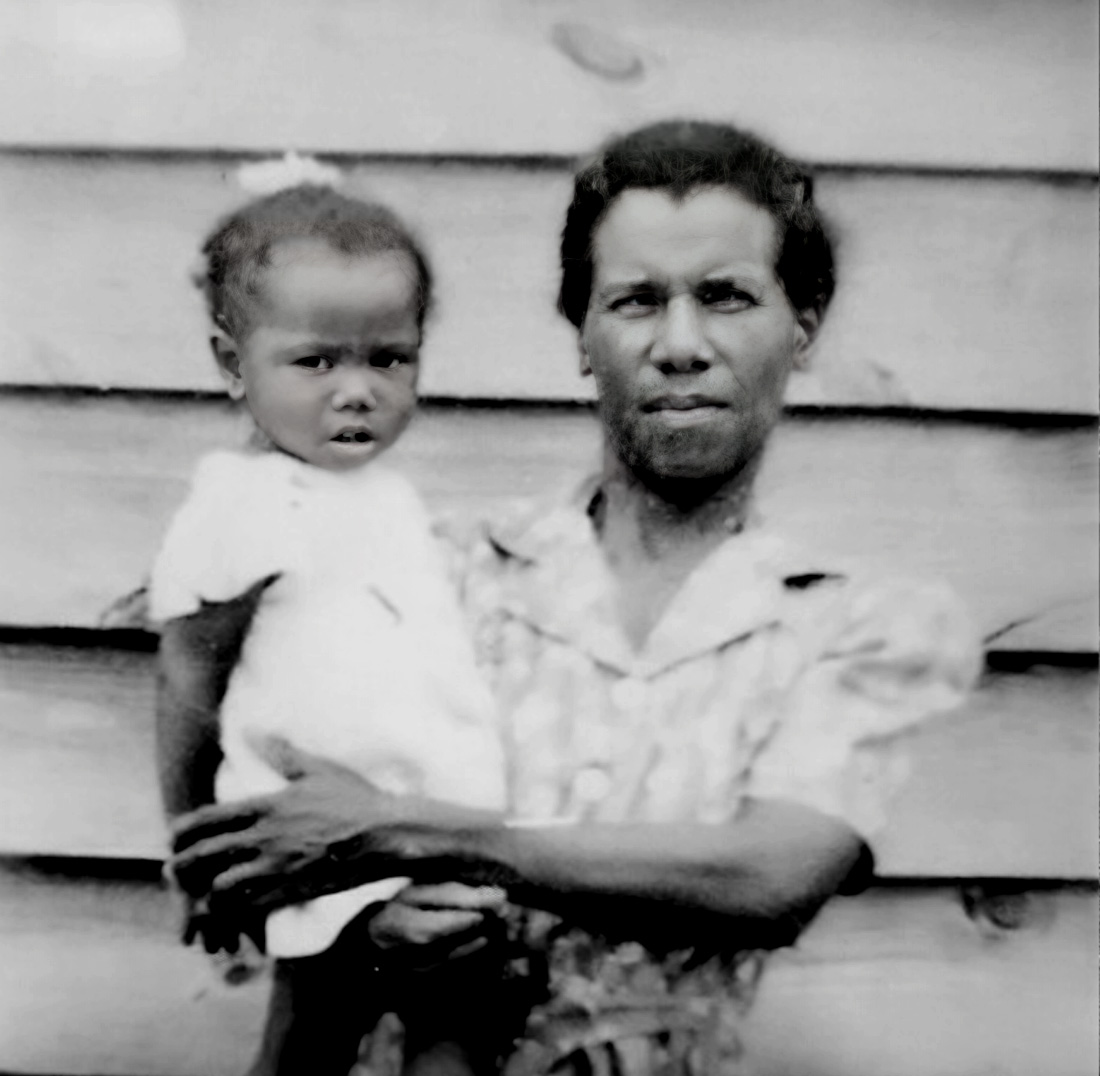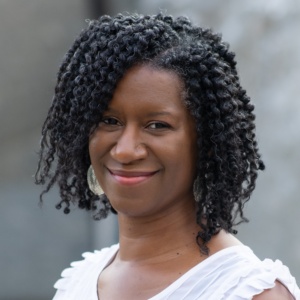She discovered that a single photograph reveals the price her family paid.
By KRISTA TERRELL
“Her prayer was, ‘Lord, please let me see my brother again before I die.’”
These were the words spoken to me by my mother as she told me something I had never known: that two men in our family were almost lynched.
We were sitting next to one another on a bus in March 2019, traveling down I-85 South from Charlotte to Montgomery, Alabama, to experience the Equal Justice Initiative’s Legacy Museum and National Memorial for Peace and Justice.
My mother was talking about her father’s mother — my great-grandmother, Mary Frails Beard, whose brother James “Bubba” Frails left Harlem, Georgia, one day in 1922 without saying goodbye.
He left because he was going to be lynched, according to the family history. He was either a teenager or in his early twenties.
I will never know what he was accused of. My family members who are still living and old enough to know all suffer from dementia and Alzheimer’s. Those with a sound mind now were too young at the time to be told the details.
“All I remember hearing,” my mother’s cousin Lee Eunice told her this year, “is that white men were looking for him.”
Back in those days, while children did hear adult conversations, they knew to never ask questions. If they did, they would get a stern reply of, “Stay out of grown folks’ business” or be met with “the look,” which communicated to the child to stop asking questions.
While I understand the importance of shielding children from certain information, it’s unfortunate and frustrating that stories are not shared later in life. It’s Black culture coupled with the trauma that was experienced during that time.
I wondered about the emotions my great-grandmother Mary kept inside, the pain of not knowing where her brother was.
Our family has only one photo of Mary, this black-and-white framed picture where she’s holding 2-year-old Estelle, the youngest of her 13 children. Estelle, now 80 years old, is my great-aunt and Godmother.

I’ve learned that that photograph is the answer to Mary’s prayer, the one my mother shared with me about how she prayed she would see her brother again.
James finally returned to Georgia in 1942 to see his sister and his family. That is when they learned he had traveled to Detroit and made a life there, before returning 20 years later. When I spoke to Estelle, she thought maybe he had a career in the auto industry.
I never knew it was James who brought a camera home with him and took that photo as he reunited with his family.
No eye contact
My mother also told me what she knew about Joe Bailey Luke, my maternal grandmother’s brother.
He was either 12 or 13 when he had to hide for fear of being lynched, in the 1930s, also in Columbia County, Georgia.
This accusation, my mother knew: A white woman said that he looked at her while he was shopping for his family.
“Back then, it was a crime to look at a white woman. You could not make eye contact with them,” my mother said. “That’s why Black men walked with their head down.”
The story is that the family hid him in the outhouse. My mother said it was probably overnight or until “the coast was clear.”
Unfortunately, Joe Bailey lived only a few more years after that incident. He was hit by a car, driven by a white man I was told, while riding his bike. He died from his injuries. He was 19 years old.
I wish I had known this story, so I could have talked about it with my grandmother, who passed away in 2018. She never spoke to me about Joe Bailey.
Montgomery
I’m 50 years old now and I was shocked to learn about the threats of violence to my family members. I had helped organize that two-day trip to Montgomery, so I juggled handling organizational tasks of the trip with thinking about what could have happened to my relatives.
When we reached Alabama, experiencing The Legacy Museum and the National Memorial for Peace and Justice was educational — and emotional. From seeing a “Whites Only” sign from my hometown of Augusta, Georgia (Richmond County), and the jars of soil gathered from lynching sites across the United States at The Legacy Museum, to reading the names of victims etched in markers at the National Memorial and learning the stories of why they were lynched, so much of this was hard for me to process.
The stories ranged wide and were painful: Henry Patterson asked a white woman for a drink of water in Labelle, Florida, in 1926. Dozens of black sugar cane workers went on strike to protest low wages in Thibodaux, Louisiana, in 1887. Mary Turner, who was pregnant, complained about the recent lynching of her husband Hayes Turner in Georgia in 1918. Jim Eastman didn’t allow a white man to beat him in a fight in Brunswick, Tennessee, in 1887. I was deeply moved.
As my mother, a retired librarian and lover of history, and I walked through the museum and the memorial, what stood out for both of us was learning about women and children who were victims of racial terror lynchings. Seeing the names of victims in counties that were home to us, where we still have family members living, or simply are familiar with, was disturbing: Richmond, Clark and Columbia counties in Georgia, Aiken County in South Carolina and Mecklenburg County in North Carolina.
“Good Lord,” my mother said. “How could they not consider us [Black people] as human beings?”
On the bus home to Charlotte, people were quieter. Some of us got up and talked about what we were taking home from the trip. I shared the stories of Joe Bailey and “Bubba.”
The truth is, I am still processing. I am grateful my mother shared this history with me. I am grateful to have shared the experience in Montgomery with her. I am grateful to understand more of what happened in Georgia and in Charlotte — and what happened to so many families, in so many places.
I have moved through shock and curiosity to the pain of what I now know and the mourning for what I will never know.

Krista Terrell serves on the steering committee and chairs the communications/content team for the Charlotte-Mecklenburg Remembrance Project. She is married with two young sons and says this project motivates her to continue to, in the words of author, songwriter and educator Alice Randall, tell “the untold story, the rest of the story, the suppressed story.”


